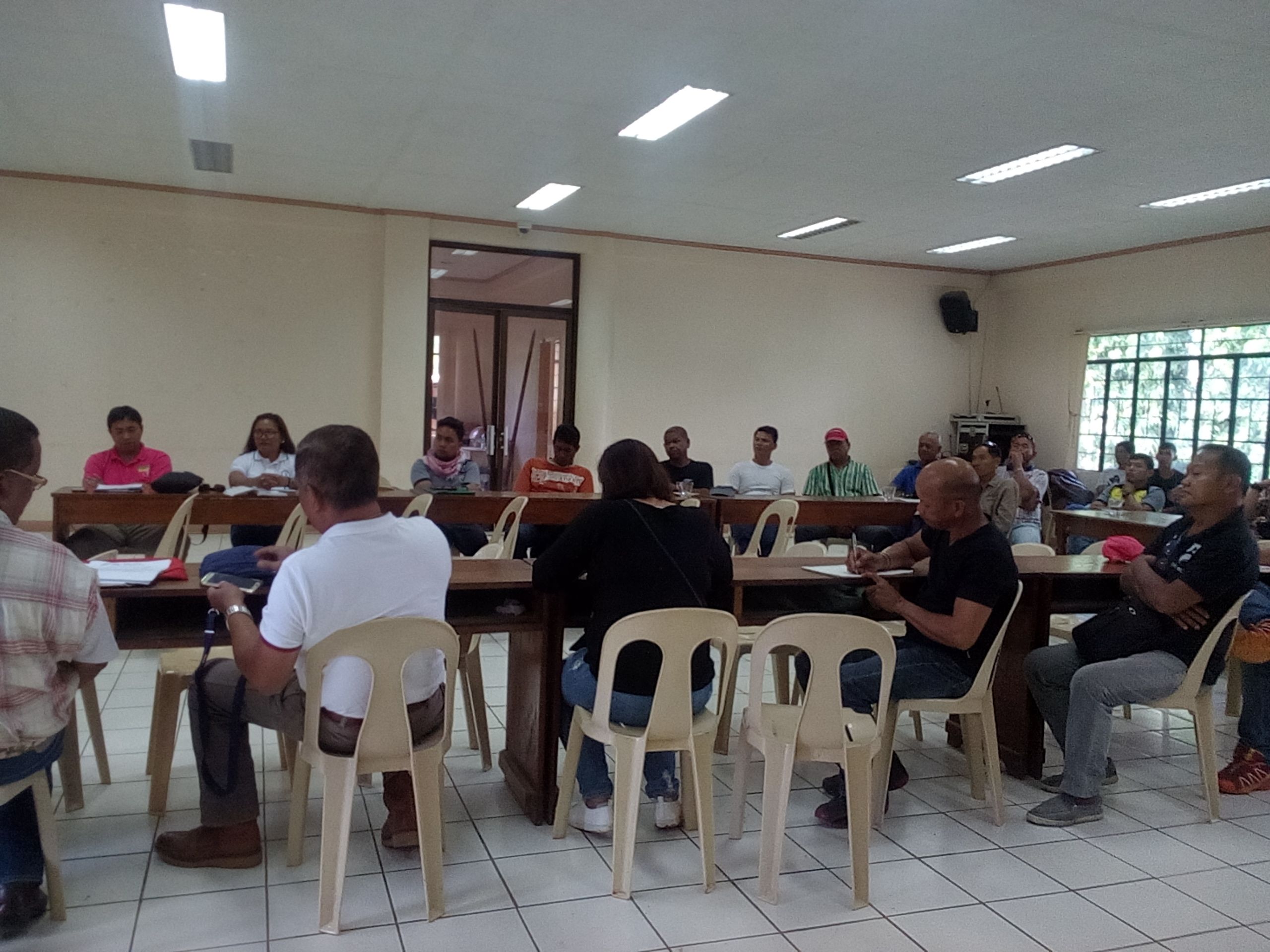Collective Bargaining is a salient discussion within the scope of Labor Management Relations. This ignites the interest in me as part of the human resource of the organization I am in, the Municipal Government of Impasugong, Bukidnon. In our case, this is the so-called Collective Negotiation Agreement (CNA).
A collective bargaining is a mechanism which promotes harmony within the organization. This is for the very reason that both the management and the personnel meet at the middle where the decisions arrived are beneficial to both parties. To the rank-and-file employees, this tool paves a way for them to be heard and to take part in the formulation of the policies within the organization.
CNA or any collective bargaining tool is not just about compensation and benefits but it’s about the development of the total person in each individual in the organizational framework for an organization to maximize its capacities.
On Personnel Programs and Policies, Job Analysis and Description, an organization must consider laying the plans and organizational structure that would boost the employees’ productivity. Defining the job assigned to them and knowing their competence to do so, are two big factors that will contribute to the effective and efficient discharge of the duties and functions of an office.
One good thing in this premise is that the employees will be able to embrace loyalty to the organization since it creates an avenue for them to enhance their knowledge and skills while in the service. An organization which has established its own policies and implement the same effectively will be successful in its operations because such would serve as a roadmap to guide them in their endeavors.
